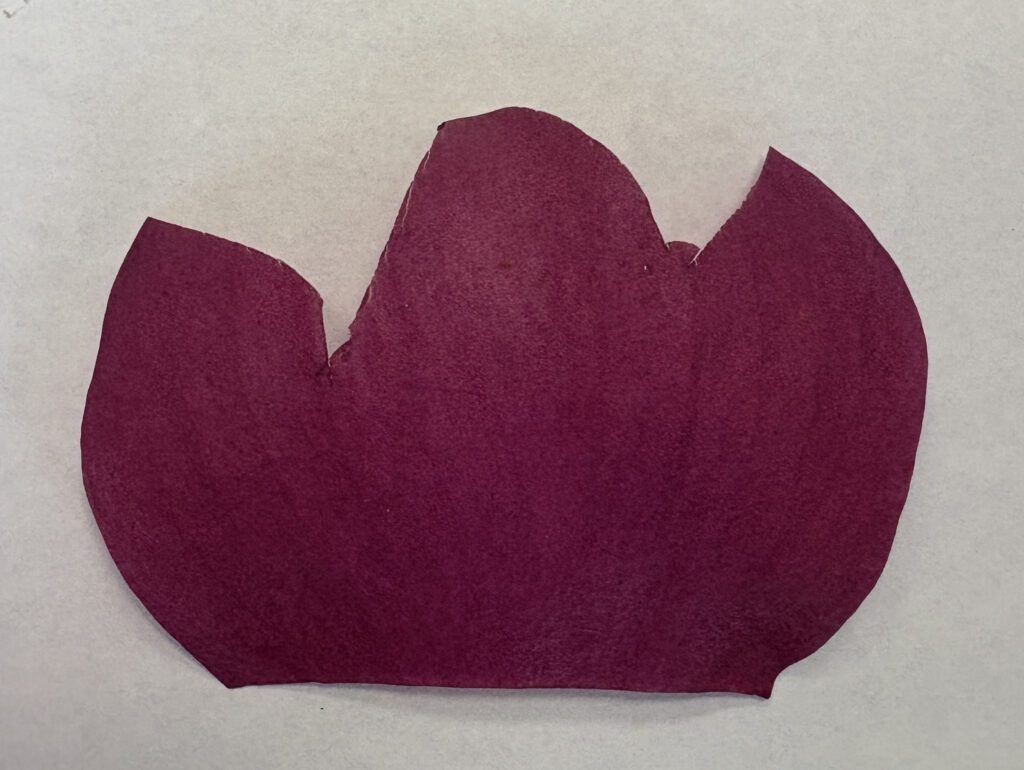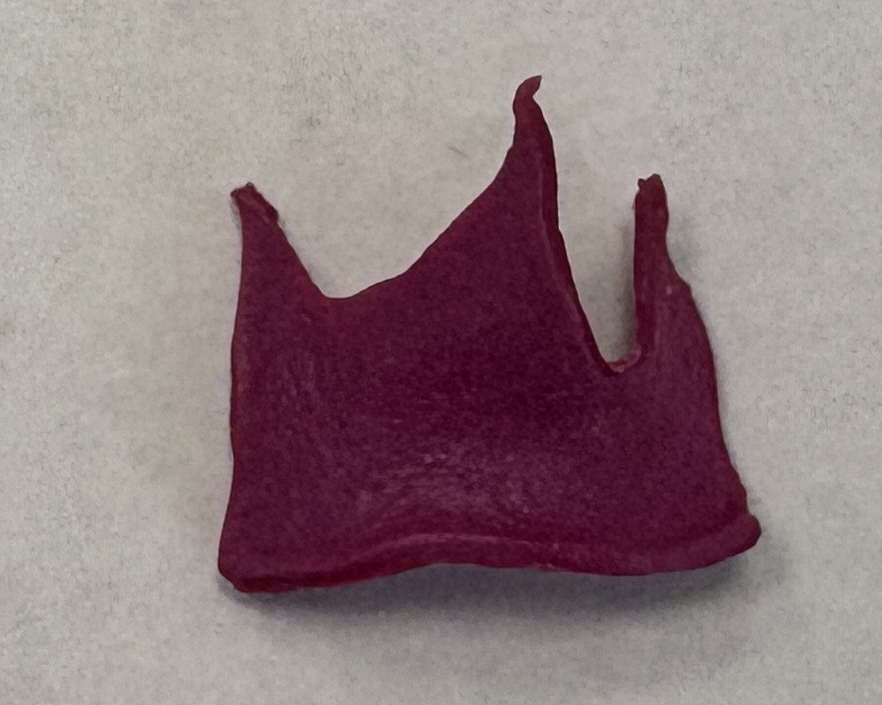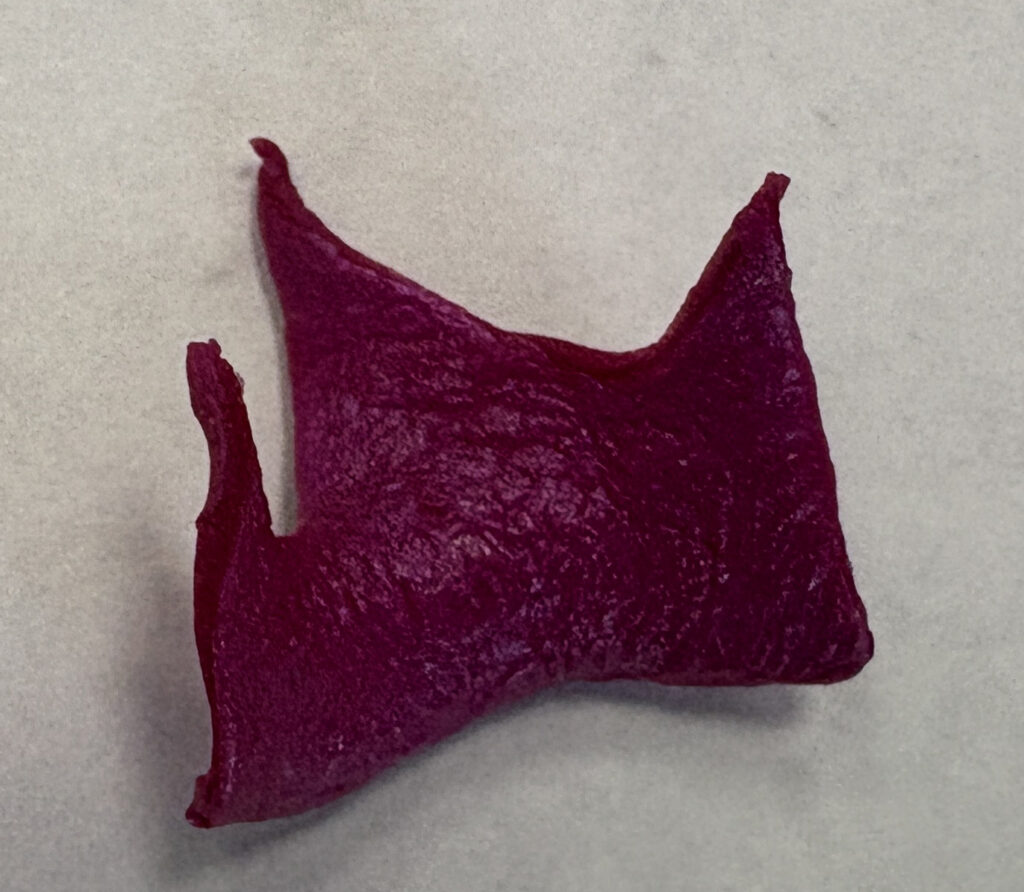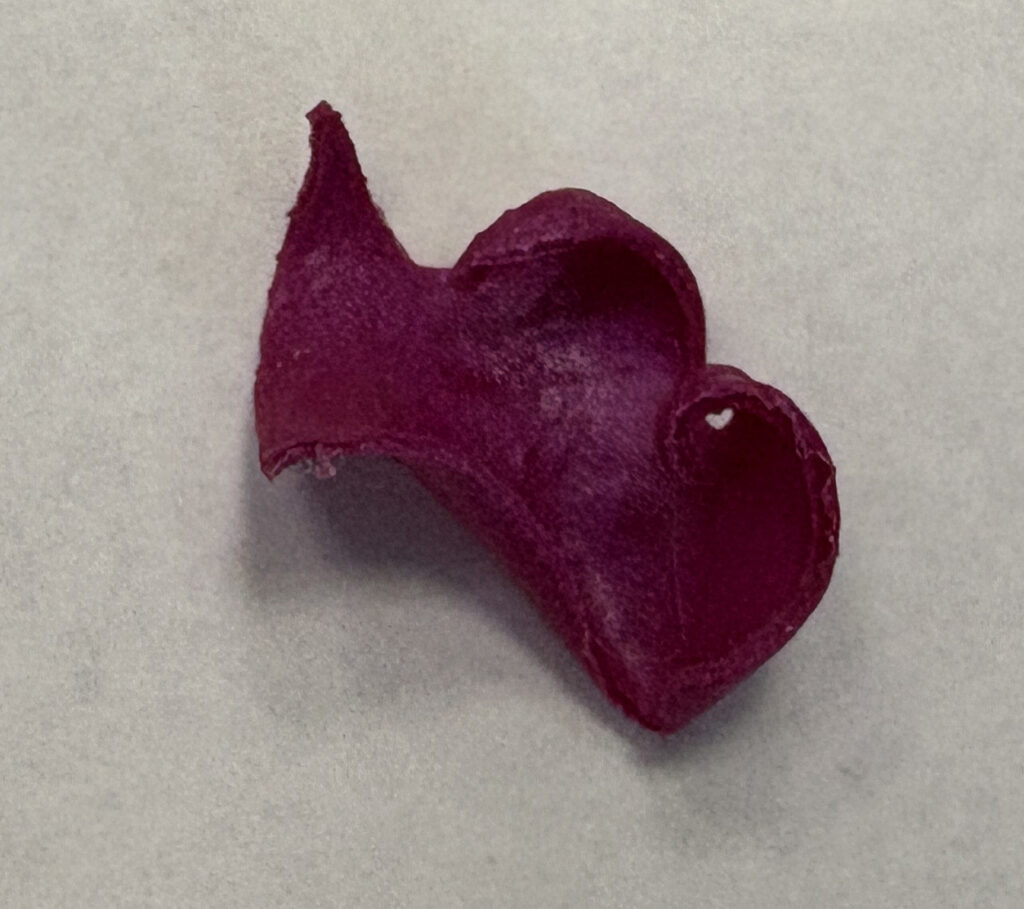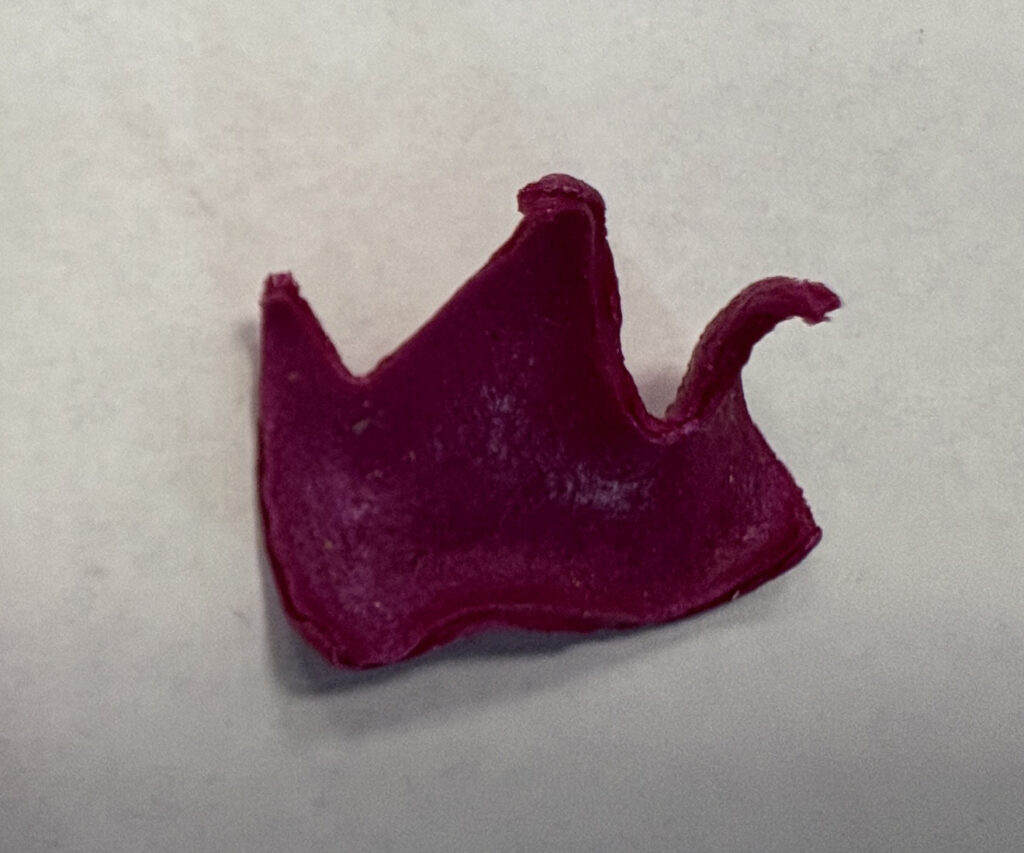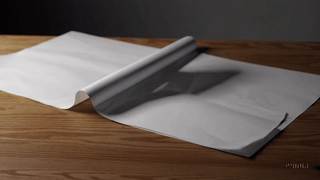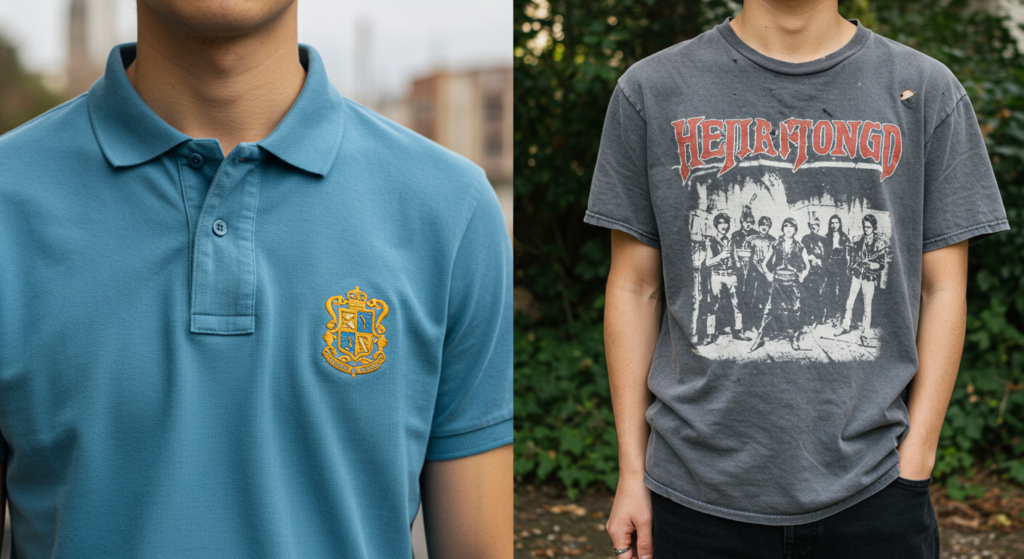When I took the first part of this class I worked with a color sensor, connected to the arduino, to generate patterns based on atmopheric color. Pretty and benign. It would be interestng to use the color sensor in a more political way. What if, at the onset of the game, the color sensor measures the color/ tone of the players skin to determine what character they will play. Assuming this is a multiplayer game, the other players can see who you are playing, but you cannot. This could generate multiple results- it could be an exploration of racism or public perception allowing the players to “experience” what it would be like in another person’s body, or if it is a collaborative game, it could mean experimenting with tactics to figure out which other players are your “in” group. Much has been written about the implicit biases within facial recognition and maybe this could comment on that too.


